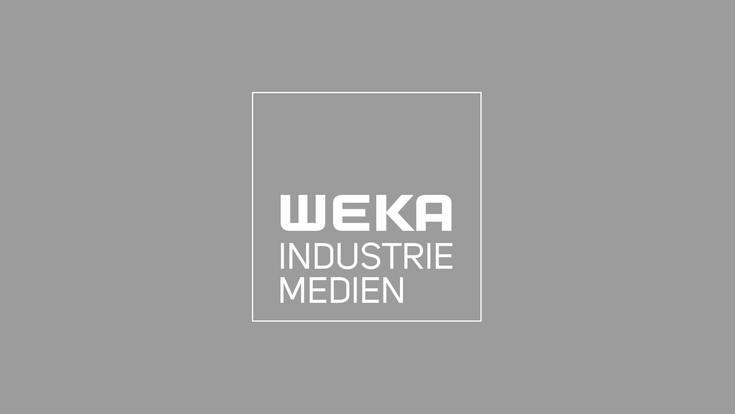Nuclear Waste : Orano signs billion-euro package deal to return radioactive waste to Germany

Orano has signed a contract with several German energy companies regulating the return of high-level nuclear waste to the country.
The French nuclear group signed the agreement with electricity companies EnBW, PreussenElektra, RWE and Vattenfall. The contract outlines and formalises a previously existing agreement between France and Germany.
Between 1997 and 1991, contracts between Orano and the mentioned utility companies regulated the treatment and conditioning (referring to the conversion of radioactive waste into stable form for better transport, storage and disposal) of nuclear waste originating in German reactors as well as the recycling of used fuel cells.
Nuclear fuel contained in uranium pellets still retains energy after five years in a reactor. Countries such as France reprocess and recycle long-lived spent nuclear fuel. As such, transported nuclear waste is first cooled in deep water pools for several years (typically 2-5) prior to the extraction of isotopes that can still be used as reactor fuel. This waste is then solidified, a process that generates excess thermal energy. It is then cooled over several decades prior to its permanent storage and disposal. Said product-both in its initial liquid as well as solid state-is referred to as high-level radioactive waste.
While high-level waste mostly requires cooling and refers to used fuel, intermediate and low-level waste merely requires shielding rather than cooling, with disposed managed relatively quickly after production due to its mostly short-lived radioactivity.
Altogether, 5310 metric tonnes of German fuel were processed at Orano’s La Hague plant situated in Normandy, the reprocessing of said nuclear waste having completed in 2008.
So far, 97% of high-level waste has been returned to Germany.
Transportation of the remaining intermediate level waste was initiated by the French government as national law prohibits the retainment of reprocessed nuclear waste in the country.
A train counting 100 containers is supposed to transport the spent fuel from the Hague plant to Germany by 2024.
The German Federal Ministry of Economics and the Federal Ministry for the Environment jointly published a paper in June detailing specifics concerning possible storage locations. According to said information paper, three to five casks will be returned to the Phillipsburg interim storage facility at Baden-Württemberg while thirty casks devoid of fuel elements will be transported to the Ahaus interim storage facility.
Germany has also mobilised the German Nuclear Waste Management Fund (Fonds zur Finanzierung der Kerntechnischen Entsorgung, KENFO) to finance the transport of the processed nuclear waste. The respective energy supply companies have paid more than €24 billion into a common pot going to said fund.
Yet the real problem goes beyond transportation as the country does not have a long-term storage solution for nuclear waste.
